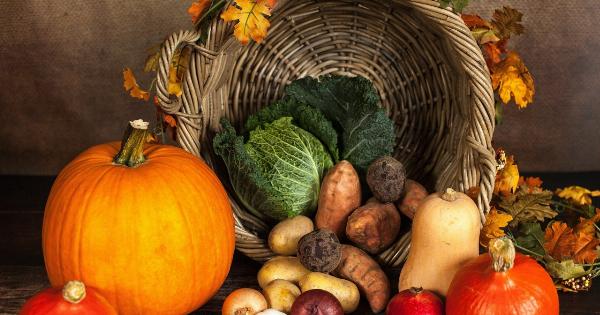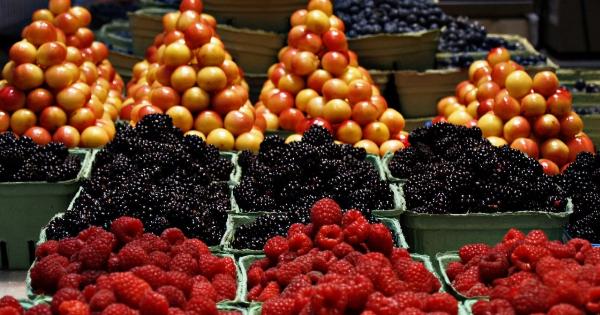Consumers are becoming increasingly aware of the importance of eating healthy foods that are free from harmful chemicals. Pesticides are chemicals used to control pests, and they can be harmful to humans and the environment.
The Environmental Working Group (EWG) has released its annual Pesticide Scorecard for Fruits and Vegetables, which ranks the most and least contaminated produce.
What Is the Pesticide Scorecard?
The Pesticide Scorecard is an annual report released by the EWG that analyzes data from the U.S. Department of Agriculture (USDA) on pesticide residues in fruits and vegetables.
The report assigns a score to each crop based on the amount and type of pesticide residues found, with higher scores indicating more contamination. The score is based on a scale from 1 to 100, with 100 being the most contaminated.
The Most Contaminated Fruits and Vegetables
According to the 2020 Pesticide Scorecard, the most contaminated fruits and vegetables are:.
- Strawberries
- Spinach
- Kale
- Nectarines
- Apples
- Grapes
- Peaches
- Cherries
- Pears
- Tomatoes
These crops have the highest levels of pesticide residues, with strawberries being the worst offender. Nearly 90% of the strawberry samples tested had residues of at least one pesticide, and some had residues of up to 22 different pesticides.
The Least Contaminated Fruits and Vegetables
The least contaminated fruits and vegetables, according to the 2020 Pesticide Scorecard, are:.
- Avocados
- Sweet corn
- Pineapple
- Onions
- Papaya
- Sweet peas (frozen)
- Eggplant
- Asparagus
- Broccoli
- Cabbage
These crops have the lowest levels of pesticide residues, with avocados being the cleanest. Less than 1% of avocado samples tested had any detectable pesticides.
Why Are Pesticides Harmful?
Pesticides are designed to kill or control pests, but they can also harm humans and the environment. Exposure to pesticides can cause a range of health problems, including cancer, reproductive issues, and neurological disorders.
Children and pregnant women are particularly vulnerable to the harmful effects of pesticides.
Pesticides can also harm the environment by contaminating soil, water, and air. They can kill beneficial insects, birds, and other wildlife, disrupt ecosystems, and contribute to the decline of pollinators like bees and butterflies.
How to Reduce Your Exposure to Pesticides
While it’s difficult to completely avoid pesticide residues, there are steps you can take to reduce your exposure:.
- Choose organic when possible: Foods that are certified organic are grown without synthetic pesticides or fertilizers.
- Wash your produce: Use a produce brush and water to scrub your fruits and vegetables before eating or cooking.
- Peel your produce: Some fruits and vegetables, like apples and carrots, can be peeled to remove pesticide residues.
- Buy from local farmers: Small-scale farmers are more likely to use sustainable and organic practices.
- Avoid the most contaminated crops: If you’re on a tight budget, stick to the least contaminated crops to reduce your exposure.
The Bottom Line
The 2020 Pesticide Scorecard for Fruits and Vegetables is a useful tool for consumers who want to make informed choices about the food they eat.
By choosing less contaminated produce and taking steps to minimize exposure to pesticides, you can protect your health and the environment.






























